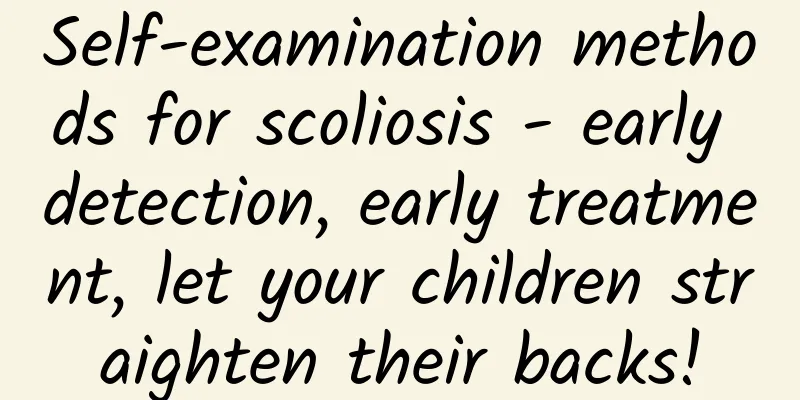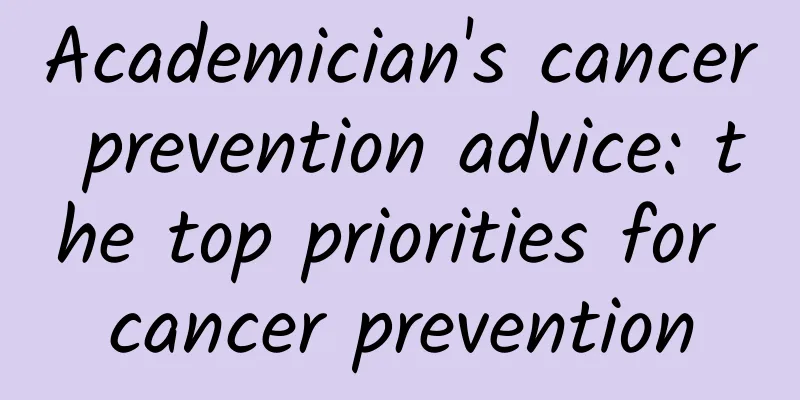Self-examination methods for scoliosis - early detection, early treatment, let your children straighten their backs!

|
Scoliosis, a medical term that sounds a little unfamiliar, is an invisible threat lurking on the road of adolescent growth. It not only quietly affects the symmetrical beauty of the body, but also inadvertently challenges the bottom line of adolescent health. Let us have a deeper understanding of scoliosis, unveil its mysterious veil, and escort the healthy growth of adolescents. Scoliosis, as the name suggests, refers to the deviation of the spine from the normal straight line when viewed from the side, showing an "S" or "C" shaped curve. This abnormal spinal shape often develops rapidly during the growth and development period of adolescents. If it is not paid attention to, its consequences may be far more serious than we think. The "claws" of scoliosis are not limited to external changes in body posture, it may also cause a series of health problems. As the curvature intensifies, the symmetry of the body is broken, the shoulders are not at the same height, and the waist curve may become unnatural, resulting in mechanical imbalance and abnormal biomechanics of the lower limbs, such as pelvic tilt, long and short legs, X or O-shaped legs, high arched feet, flat feet, inversion of the foot, eversion of the foot, etc. What’s more serious is that scoliosis can lead to spinal deformity, affect cardiopulmonary function, and even cause respiratory dysfunction, which has a significant impact on the athletic ability and quality of life of adolescents. Catching the signs of scoliosis early is crucial to treating and managing the condition. Parents and teens themselves should watch out for the following signs: The neckline or shoulder straps of the clothing are uneven, and one shoulder seems higher than the other. Asymmetry in the waist or hips, with more wrinkles on one side of the waist than on the other. There is asymmetry between the two sides of the back when bending over, or a noticeable curvature of the spine is visible. Leaning or walking in an abnormal manner. Prevention and response strategies When it comes to scoliosis, prevention and early intervention are key. Regular check-ups: Teens should have spinal health checks every year, especially during periods of rapid growth and development. Maintain a good posture: Avoid maintaining the same posture for a long time, such as looking down at your phone or computer for a long time. Change your posture regularly and do appropriate stretching exercises. Strengthening exercise: Regular physical exercise can strengthen the core muscles and help maintain the stability of the spine. Professional treatment: If you notice signs of scoliosis, you should immediately seek professional medical evaluation and treatment, which may include physical therapy, wearing a brace, or surgery. |
>>: If you often have these 5 thoughts, it means you are wasting yourself! Please stop immediately
Recommend
How to treat brucellotic arthritis?
Author: Zhang Qiang, Chief Physician, Beijing Dit...
What to do if pelvic inflammatory disease recurs
Everyone knows that if women do not exercise regu...
What can I drink to treat dysmenorrhea?
The vast majority of causes of dysmenorrhea are c...
Is the HP 3636 printer easy to use? What are its advantages and disadvantages?
Printers are essential tools for us. Many friends...
Causes of bloody stool after cesarean section
If you have blood in your stool after a cesarean ...
My postpartum rheumatism was cured
At present, although the living standard continue...
Can I eat oranges during my period?
Women’s diet during menstruation is very importan...
Is it better to eat hen or rooster during confinement?
Generally, during the confinement period, in orde...
What is the cause of menstrual migraine?
Some women experience right-sided migraine during...
What should women eat to improve their physique?
Nowadays, women's physical fitness has become...
Is the first few days of my period a safe period?
Nowadays, many women know some relevant knowledge...
What should women do if the cucumber breaks during masturbation?
Masturbation is a very normal behavior. It is a w...
How to take care of your body after bleeding after curettage
Curettage is used on women as a form of abortion ...
What to do if your belly falls during early pregnancy
If your belly drops in the early stages of pregna...
A woman dreams of a new building
Today, construction is becoming more efficient wi...









